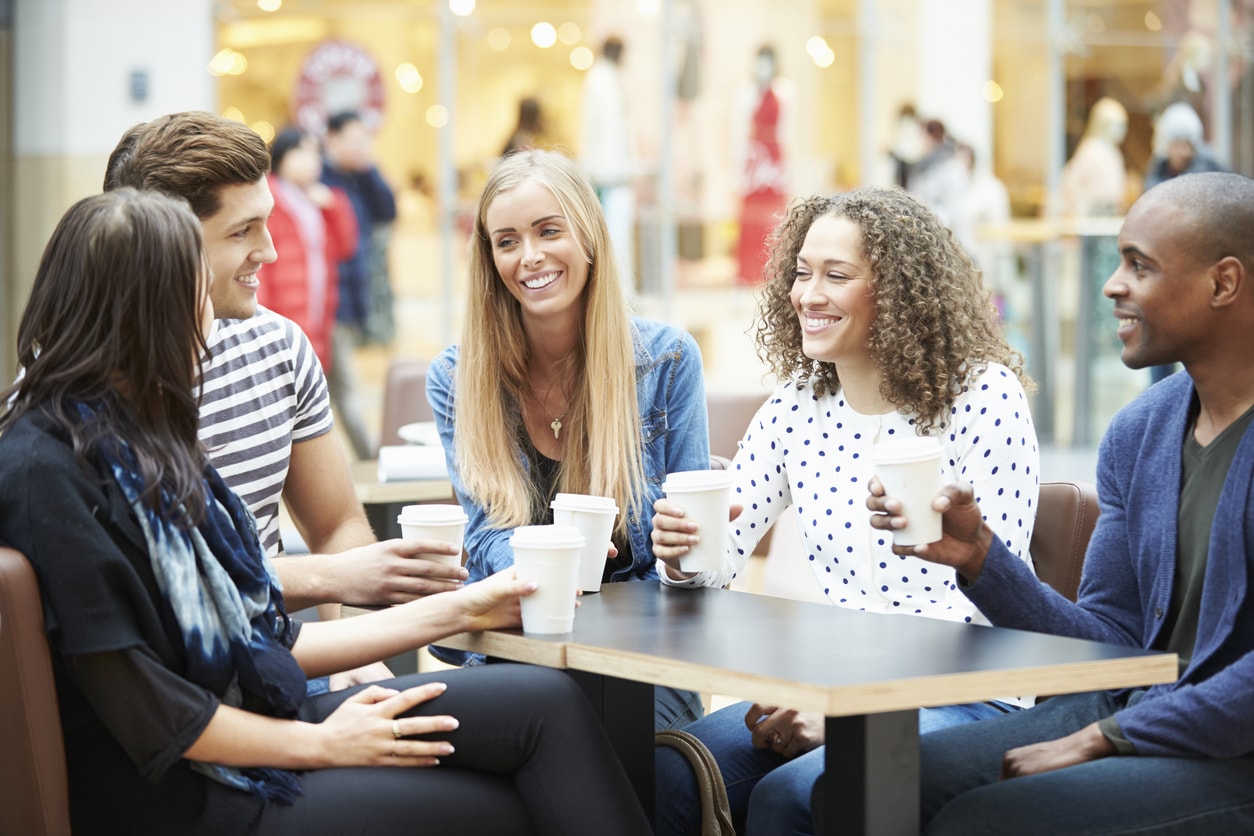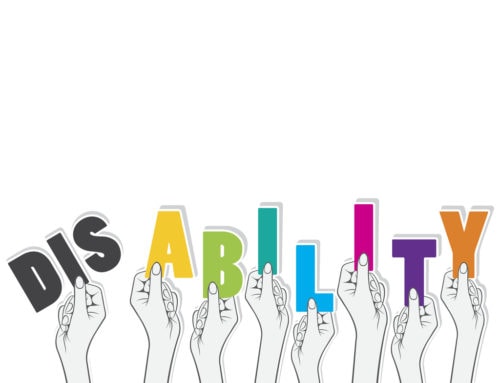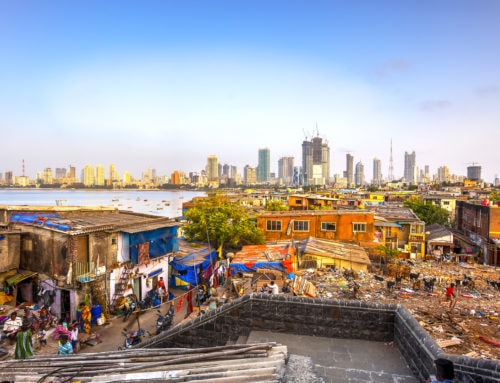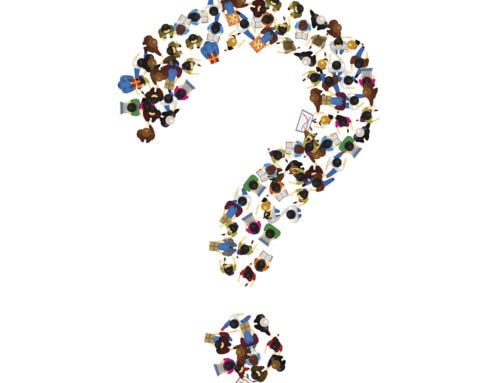third places: neutral, convenient, and comfortable public venues (e.g., coffee shops, bars, hair salons, bookstores, parks) where people regularly gather for conversation and companionship (i.e., “first place” is home; “second place” is work). The term was coined by urban sociologist Ray Oldenburg in his book, The Great Good Place.
*** TROVELOG ***
At issue, in essence, is whether Starbucks views itself as a business that caters to customers, or a quasi-public place generally welcome to all. The uproar, which follows the arrest last month of two black men who wanted to use a Starbucks bathroom in Philadelphia, demonstrates the unusual spot that the nation’s biggest coffee chain holds in American culture.
While many other restaurants and retailers also must manage the issue of lingering customers and nonpaying guests who come in to use restrooms, Starbucks has promoted itself as providing a “third place” between home and work where people can freely exchange ideas. It essentially pioneered the idea that is now generating controversy.
Other restaurants and cafes have followed suit in recent years. McDonald’s Corp. and Panera Bread now offer free Wi-Fi and encourage customers to linger. Panera didn’t respond to a request for comment, and McDonald’s—which is almost entirely franchised—said it lets its franchisees determine how to best serve their customers.
See article at: Julie Jargon, “Starbucks Says Drug Use, Sleeping Unacceptable as It Clarifies Guest Policy,” The Wall Street Journal, May 21, 2018
◄TrovelogTrovelogTrovelogTrovelogTrovelogTrovelogTrovelog►
Interviews with current and former Starbucks managers and baristas across the country suggest that the coffee company’s guidelines on how to treat lingering nonpaying customers in general are vague at best—if they exist at all.
The people interviewed said they were unaware of a written policy on how long customers are allowed to stay in a Starbucks cafe without buying anything.
Contributing to the lack of clarity, employees said, is that Starbucks and its business model foster the idea of its shops as the “third place” in customers’ lives, a place to hang out that isn’t home or work.
See article at: Julie Jargon, “Starbucks Lacks Clear Guidance for Employees on Nonpaying Customers,” The Wall Street Journal, April 22, 2018
◄TrovelogTrovelogTrovelogTrovelogTrovelogTrovelogTrovelog►
To say that the Metro has become my second home would be too vague and sentimental. Better to use the sociological term “the third place” (home and work being the first two), or to quote Robert Frost, the place “where, when you have to go there/ They have to take you in.”
American coffee shops, like English pubs, Viennese coffee houses and Greek kaffenions, tend to engender klatches, informal clubs. At the old Key West Diner on 94th Street and Broadway, now known as the Manhattan Diner, the laughter of the comedian Anne Meara and her friends used to fill the room. And where would the sitcom classic “Seinfeld,” the idea of which was conceived in a coffee shop, have been without the regular scenes at Monk’s Café?
. . .
The sociologist Ray Oldenburg, in “The Great Good Place,” a book about diners and taverns, suggests that the past is an essential element of all third places, which are usually in older sections of cities, and in those areas “exists the fading image of the city itself and the kind of human interaction, the easy and interesting mixing of strangers that made the city what it was.”
. . .
After the Cafe succumbed in 2005, I spent months looking for my next “third place.” Diner regulars can be particular. The ambience has to be friendly but not intrusive, the sound level low but not funereal, the smell a little greasy but not cloying, and the décor more utilitarian than fussy. I eventually settled in at the Metro.See article at: George Blecher, “More Than Coffee: New York’s Vanishing Diner Culture,” The New York Times, November 23, 2016
◄TrovelogTrovelogTrovelogTrovelogTrovelogTrovelogTrovelog►
“The Great Good Place,” a book by the urban sociologist Ray Oldenburg, talks about the social and psychological importance of what he calls “third places.” He designates home as “first place” and work as “second place.” He describes “third place” as somewhere neutral, convenient, comfortable and welcoming. It’s where regulars gather and where conversation is lively, engaging and often accompanied by laughter. Soda fountains, beer gardens, cafes and Main Streets have traditionally functioned as third places.”
. . .
As Mr. Oldenburg wrote in The Planning Commissioners Journal, “Social well-being and psychological health depend upon community.” Having a third place, along with a first and second, he says, “suggests the stability of the tripod in contrast to the relative instability of the bipod.”See article at: Catherine Bergart, “Losing the Income and the Camaraderie,” The New York Times, May 16, 2009
◄TrovelogTrovelogTrovelogTrovelogTrovelogTrovelogTrovelog►
Starbucks . . . emphasises that it is not just in the business of selling coffee. It sells entry to a community of like-minded people (who are so very different from the types who get their coffee from Dunkin’ Donuts or McDonald’s) gathered in a “third place” that is neither home nor work.
See article at: “Logoland,” The Economist, January 13, 2011
◄TrovelogTrovelogTrovelogTrovelogTrovelogTrovelogTrovelog►
[Starbucks Chairman, Howard] Schultz said [for the market in India] Starbucks plans to become a “third place” for young Indians to seek out between home and work.See article at: Paul Beckett, Vibhuti Agarwal, and Julie Jargon, “Starbucks Brews Plan to Enter India,” The Wall Street Journal, January 14, 2011
◄TrovelogTrovelogTrovelogTrovelogTrovelogTrovelogTrovelog►
See related Trovelog posts: <>






